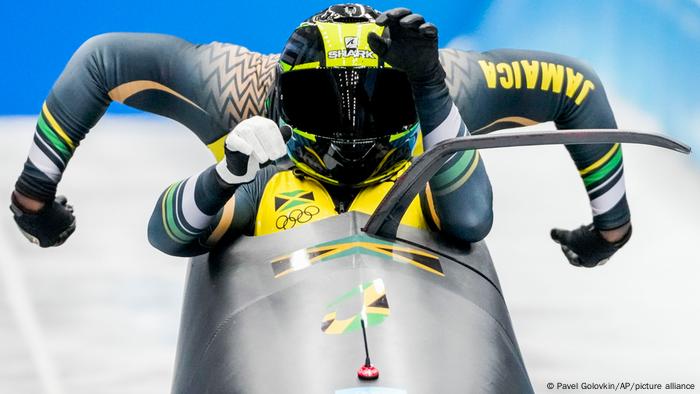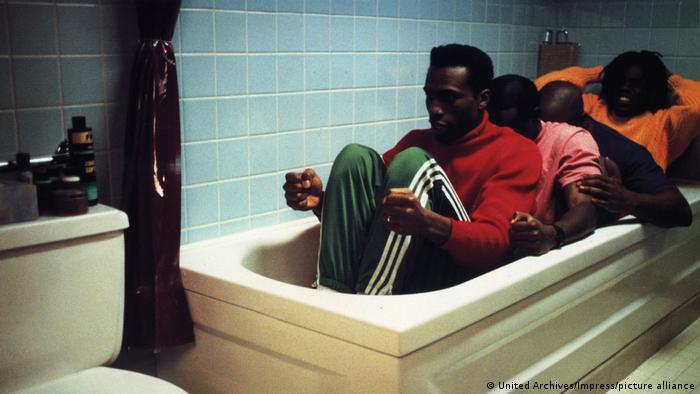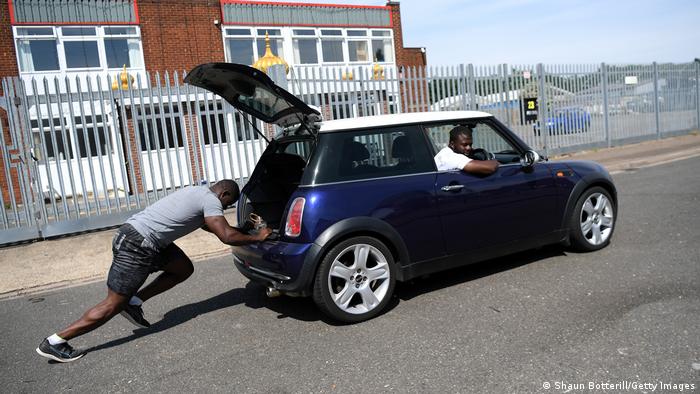Global trade growth in 2021 surpassed pre-pandemic levels: UN

Geneva, Feb 17 (EFE).- Global trade in goods and services reached a record of $28.5 trillion in 2021, a year-on-year increase of 25 percent and a 13 percent jump over the figures for 2019, the year before the coronavirus pandemic struck, the United Nations said in a report Thursday.
“The positive trend for international trade in 2021 was largely the result of increases in commodity prices, subsiding pandemic restrictions and a strong recovery in demand due to economic stimulus packages,” the United Nations Conference on Trade and Development (UNCTAD) said.
In the last quarter of 2021, trade in goods rose to a record $5.8 trillion while services, whose recovery has been slower, grew to $1.6 trillion, slightly above pre-pandemic levels.
UNCTAD expects international trade trends to normalize in 2022 but also predicts a lower-than-expected growth in trade amid continued pressure on global supply chains and record levels of global debt.
“A significant tightening of financial conditions would heighten pressure on the most highly indebted governments, amplifying vulnerabilities and negatively affecting investments and international trade flows,” the report warns.
Slower-than-expected economic growth – the International Monetary Fund has revised its world economic growth forecast downward by 0.5 points due to inflation in the United States and concerns related to China’s real estate sector – also likely to affect trade, according to UNCTAD’s report.
Another factor that is expected to impact trade trends in 2022 is increasing global demand for environmentally sustainable products amid a transition towards a greener world economy.
Among the trade figures for the world’s major economies, the UN agency highlighted the 43 percent rise in China’s exports compared to pre-pandemic levels, while in the United States, the European Union, and Japan the increase was more modest (12 percent, 10 percent, and 6 percent respectively).
Chinese exports between October and December continued to rise – 6 percent year-on-year – compared to the same quarter of the previous year, while those of Japan fell by 2 percent compared to the last quarter of 2020, and those of the US grew by 4 percent and of the European Union by 1 percent.
In general, the expansion of exports in the last quarter of 2021 was more notable in developing countries with a year-on-year increase of 35 percent compared to 2019 than in developed economies, where the increase was 19 percent.
Trade in the energy sector practically doubled in the last quarter of 2021 compared to the same period in 2020.
Compared to pre-pandemic figures, metal trade was up 59 percent, the biggest increase among all the sectors studied, while chemicals rose 43 percent and pharmaceuticals 35 percent. EFE
abc/pd/ssk















